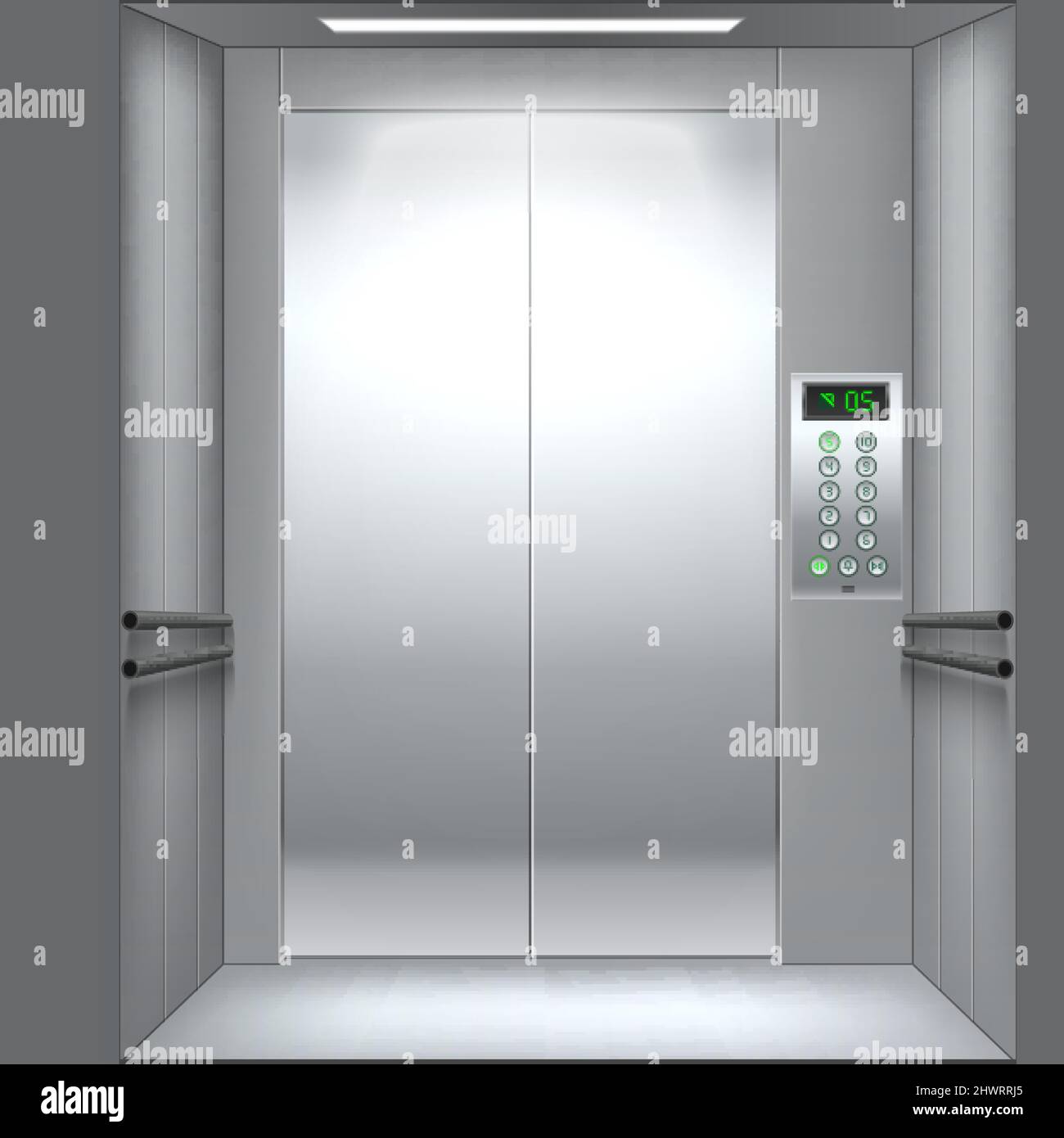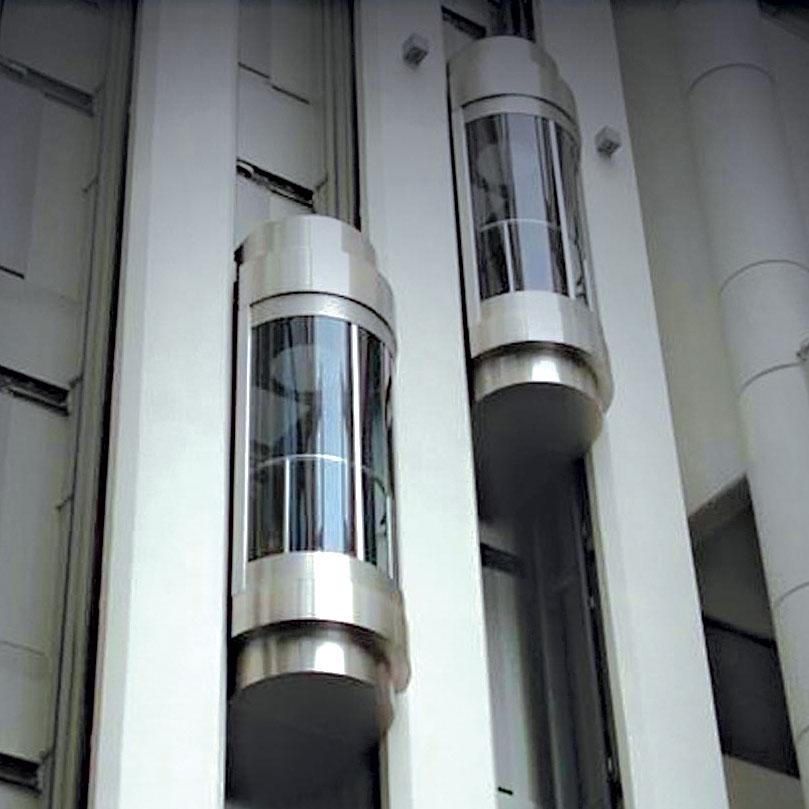Contrast Disabled Platform Lifts Prices UK: Affordable Options for Every Requirement
Contrast Disabled Platform Lifts Prices UK: Affordable Options for Every Requirement
Blog Article
Exploring the Globe of Elevators: Common Concerns Dealt With by Different Lift Mechanisms
As we navigate with the vertical transportation systems of contemporary structures, elevators stand out as a crucial element of our day-to-day lives. From hydraulic elevators to traction systems and machine-room-less designs, each lift type comes with its set of typical concerns.
Hydraulic Elevators
Hydraulic elevators, frequently liked for low-rise buildings, utilize fluid stress to regulate the movement of the elevator auto (lift repair companies). This mechanism includes a hydraulic pump pushing oil right into a cyndrical tube, causing the elevator to relocate in the wanted instructions. While hydraulic elevators are understood for their peaceful and smooth procedure, they do feature their very own collection of common problems
One prevalent problem with hydraulic elevators is oil leak. In addition, concerns with the control system, such as faulty shutoffs or a malfunctioning pump, can create disturbances in the elevator's activity.
Normal upkeep and timely repair services are important to make certain the smooth performance of hydraulic elevators. By dealing with these common issues proactively, structure proprietors can lessen downtime and guarantee the security and effectiveness of their vertical transportation system.
Traction Lifts
When taking into consideration upright transportation systems in structures, an additional usual kind apart from hydraulic elevators is the traction lift. Traction elevators run utilizing a system of ropes and weights that move the elevator car by clutching onto the hoist ropes. This system allows for smoother and faster upright transportation compared to hydraulic systems.
One of the usual problems faced by grip elevators is rope wear. The consistent motion of the ropes within the traction system can result in damage with time, potentially triggering the lift to breakdown or come to be harmful for use. Normal examinations and maintenance of the ropes are important to guarantee the elevator's appropriate functioning and safety and security.
One more issue that traction lifts may encounter is associated with the control system. Problems with the control system can lead to concerns such as unpredictable activity, delays in action times, and even total shutdowns. Routine testing and upkeep of the control system are essential to stop such issues and make certain the elevator's dependability.
Machine-Room-Less (MRL) Lifts

One of the key components of MRL lifts is the small gearless traction device that is set up within the hoistway. This device efficiently drives the lift cars and truck without the requirement for bulky tools discovered in conventional grip elevators. Additionally, MRL lifts normally utilize a counterweight system to stabilize the automobile, further boosting their power performance.
Regardless of their advantages, MRL lifts may deal with challenges connected to upkeep and repair work as a result of the confined area for tools setup. Access for servicing components london lift company within the shaft can be restricted, calling for specialized training for professionals. Correct maintenance timetables and routine examinations are important to make certain the continued smooth operation of MRL lifts.
Overloading and Weight Restriction Issues
Are lifts furnished to take care of excess weight loads successfully and securely? Overloading and weight limit issues are critical issues in lift procedures. Lift manufacturers design lifts with certain weight abilities to ensure guest safety and equipment longevity. Surpassing these weight restrictions can lead to various problems, including mechanical failures, delays, and safety dangers.
When elevators are overloaded, it places too much pressure on the electric motor, cords, and various other elements, potentially causing failures or breakdowns. Security systems such as sensors and overload sensors remain in location to avoid elevators from moving if they detect excess weight. Furthermore, surpassing weight limits can bring lift companies in London about boosted energy intake and wear and tear on the elevator system.
To minimize overwhelming issues, constructing supervisors should plainly show weight limits in lifts and educate occupants on the relevance of adhering to these constraints - lift repair companies. Routine upkeep checks by qualified technicians can additionally help make certain that elevators are running within risk-free weight criteria. By attending to overloading and weight limit problems proactively, building owners can boost elevator safety and security and efficiency
Electric System Failures
Surpassing weight limits in elevators can not just lead to mechanical problems but likewise possibly contribute to electrical system failings within the lift infrastructure. Electric system failings are a vital problem in elevator operation, as they can create unanticipated shutdowns, malfunctions, and even security dangers. One common electrical concern is the overheating of parts because of excessive existing flow triggered by overloading the elevator past its ability. This can bring about damage to the control, circuitry, or motor systems, leading to expensive fixings and downtime.
Regular maintenance and inspections are essential to determine and deal with potential electrical issues promptly, making certain the effective and safe operation of elevator systems. By adhering to weight limits and carrying out routine electrical system checks, building proprietors can minimize the risk of electrical failures in elevators.
Verdict

Hydraulic elevators, commonly favored for low-rise structures, make use we maintain lifts of fluid stress to control the activity of the lift auto.When thinking about upright transportation systems in structures, another usual kind aside from hydraulic lifts is the traction elevator. Traction elevators run using a system of ropes and weights that move the elevator car by grasping onto the hoist ropes. Unlike conventional lifts that need a separate equipment area to house the equipment, MRL lifts integrate most of the parts within the shaft, getting rid of the demand for a dedicated machine room.In final thought, elevators encounter common problems such as hydraulic malfunctions, traction system failings, and electrical system issues.
Report this page